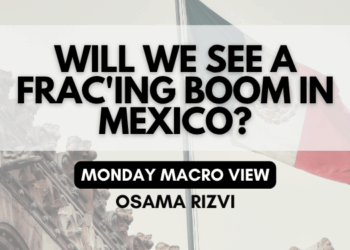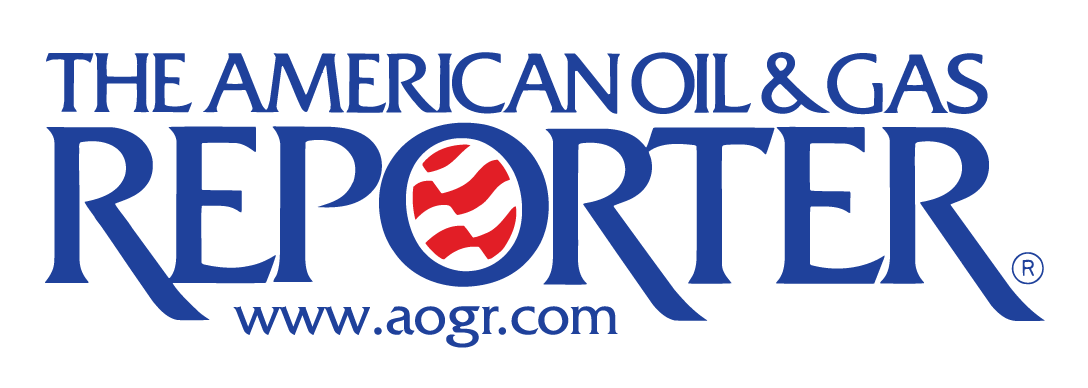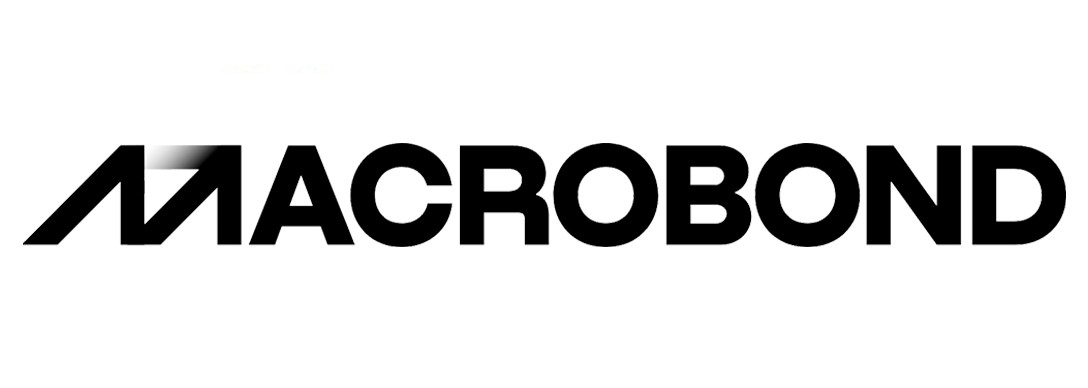Frac’ing has become a cornerstone of U.S. energy security, transforming the nation from a net importer of oil to the world’s largest oil and gas producer. Therefore we should not explore the possibility of banning frac’ing, as it is profoundly linked domestic energy markets and global geopolitical dynamics. To fully appreciate its significance, we need to delve into the numbers and analyze what a ban would truly mean for the U.S. economy, energy independence, and international standing.
Hydraulic fracturing and horizontal drilling—collectively known as fracking—have unlocked vast reserves of oil and natural gas that were once considered inaccessible. Today, more than 70% of U.S. oil and over 80% of its natural gas are produced through this technology boom, U.S. oil production hovered at just 5 million barrels per day (b/d) in 2008. Fast forward to 2023, and production exceeds 12.8 million b/d , with the U.S. pearly 20 million barrels per day when natural gas liquids are included.
This monumental increased the U.S. achieve energy independence on a net basis, a goal that seemed unattainable just two decades ago. The economic implications are staggering. In 2008, the U.S. spent $388 billion on net petroleum imports, accounting for more than 40% of its trade deficit. Today, that figure is virtually nonexistent, thanks to domestic production fueled by fracking . This shift has insulated the U.S. from global price shocks and reduced its reliance on politically volatile regions like the Middle East. The benefits extend to consumers as well, with lower energy costs saving the average household approximately $2,500 annually due to reduced gasoline and heating prices . Natural gas prices, for instance, have plummeted from 2008 peak of over $13 per million British thermal units (MMBtu) to around $3-$4/MMBtu today.
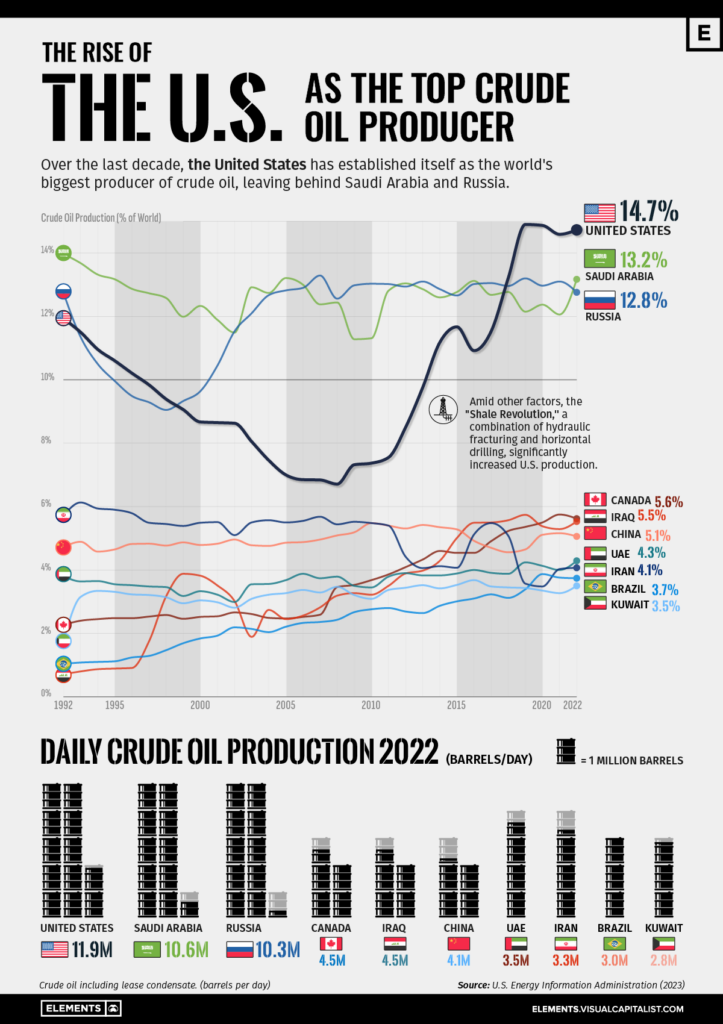
Frac’ing’s contributions aren’t limited to domestic they extend to U.S. allies and global energy markets. Take Europe, for example. In the wake of Russia’s invasion of Ukraine, European nations scrambled to replace Russian natural gas, a key pillar of their energy supply. The U.S. stepped in as a lifeline, becoming Europe’s largest supplier of liquefied natural gas (LNG) in 2023. Nearly half of the European Union’s LNG imports—amounting to over 70 billion cubic meters—came from U.S.-sourced shale gas, providing a crucial buffer against energy coercion from Moscow stabilized European markets but also strengthened the NATO alliance by demonstrating U.S. reliability as an energy partner.
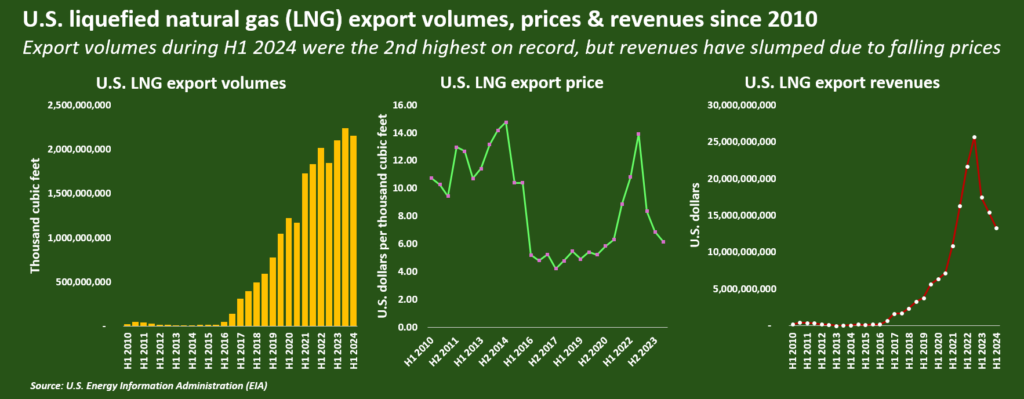
The Pacific allies have similarly benefited. Japan and South Korea, heavily dependent on imported energy, have turned to U.S. LNG to diversify their supply chains and enhance their energy security. Japan imported over 10 million tons of U.S. LNG in 2022, making it one of the top destinations for American energy exports . This dependence on U.S. shale gas underscores the geopolitical leverage fracking. A ban on frac’ing would undermine this strategic advantage, forcing allies to seek alternative suppliers, potentially including adversaries like Russia.
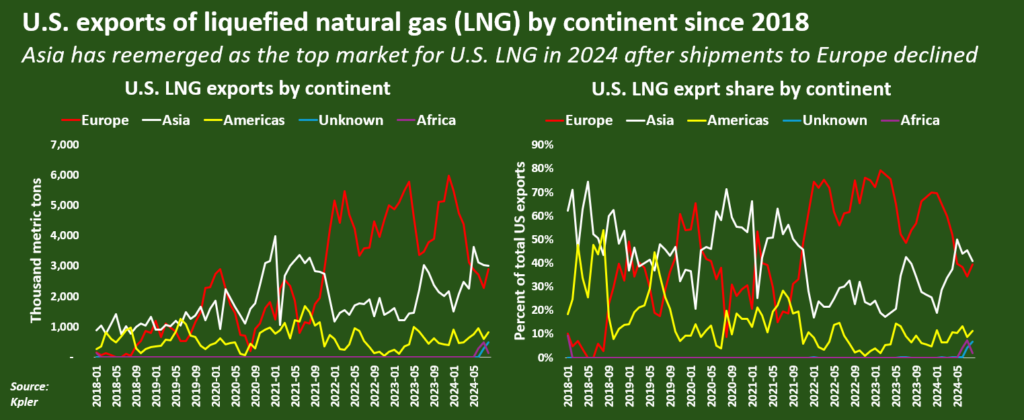
Frac’ing has also played a pivotal role in stabilizing global energy markets during geopolitical crises. Historically, conflicts like the Russia-Ukraine war or Middle Eastern unrest would have sent oil prices skyrocketing. Today, the sheer scale of U.S. production acts as a counterbalance, preventing such price surges from destabilizing global markets. Even in the face of OPEC+ production cuts or Iranian oil disruptions, U.S. shale provides a reliable cushion, dampening the impact on global energy prices. Critics of fracking often point to environmental concerns, including methane emissions and se issues are valid, the industry has made significant strides in reducing its environmental footprint. Methane emissions from natural gas production have decreased by 17% since 1990, despite a 95% increase in production during the same period . Technological innovations such as advanced methane capture systems and water recycling programs are helping to ad challenges. Moreover, the shift from coal to natural gas—largely enabled by fracking—has significantly reduced U.S. carbon emissions. In 2023, carbon emissions from the power sector were 32% lower than their 2005 levels .
The idea of banning fracking overlooks the practical realities of global energy demand. Despite the growth of renewable oil account for over 80% of global energy consumption. Battery-powered electric vehicles make up just 2% of the U.S. light-vehicle fleet , meaning gasoline and diesel remain dominant. A sudden pivot fracking would leave the U.S. scrambling to import oil, driving up prices and incrence on countries like China and Saudi Arabia.
The economic ramifications of such a move would be severe. Higher energy costs would ripple through every sector, from manufacturing to agriculture, reducing competitiveness and straining household budgets. At the same time, the loss of LNG exports would eliminate a key contributor to the trade balance, further widening the deficit. The ripple effects would extend to job markets as well, jeopardizing the 10.3 million U.S. jobs supported by the oil and gas industry. Furthermore, banning fracking would erode the U.S.’s ability to counterbalance adversarial energy policies. Countries like China and Russia are eager to fill any in global energy markets. Russia, for instance, could leverage its oil and gas exports to regain influence in Europe, while China could expand its Belt and Road Initiative to dominate energy trade routes. Such developments would diminish U.S. geopolitical leverage and weaken alliances.
Instead of debating bans, policymakers should focus on making fracking more sustainable. Investments in carbon capture technologies, stricter methane regulations, and enhanced community engagement can mitigate environmental impacts while preserving the economic and strategic benefits of shale production. Balancing energy security with environmental stewardship is not only possible but essential in navigating the complex energy landscape of the 21st century.
Frac’ing has reshaped the U.S. energy sector, providing affordable energy, reducing reliance on imports, and strengthening geopolitical alliances. Its contributions to economic stability and national security cannot be overstated. While legitimate concerns about its environmental impact deserve attention, calls for an outright ban ignore the broader benefits and practical realities of global energy needs. As debates continue, it’s crucial to remember that fracking is not just an industry—it’s a pillar of U.S. energy security and global influence.






